Using Cambistat® to Help Trees with
Injured Roots
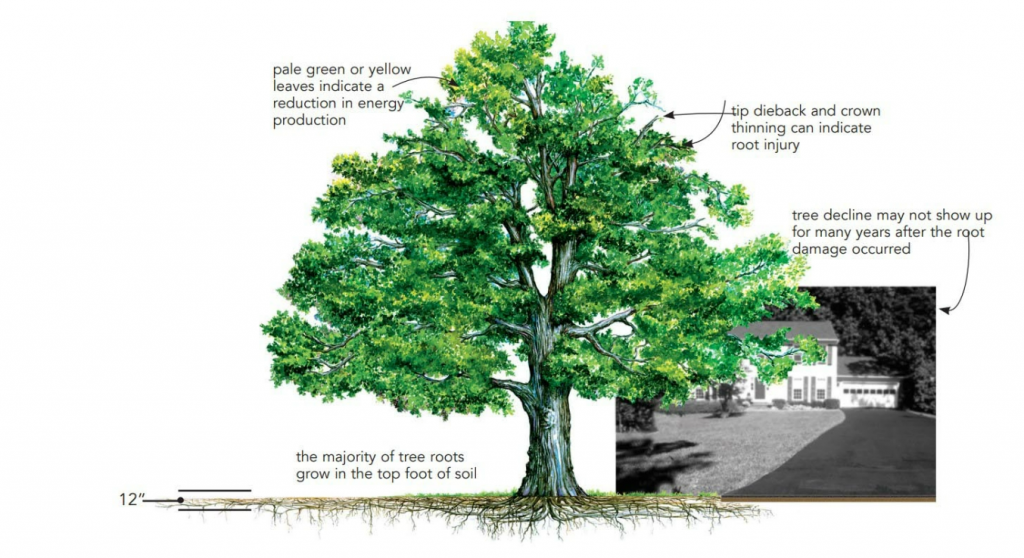
Roots Are Shallow
Most trees grow shallow absorptive roots that are located in the top 12” of soil. This makes urban trees very vulnerable to a host of problems that can injure their root system. Root injury is often overlooked as the cause of decline and death of many trees. Some common causes of damage to the root system include soil compaction, root cutting, drainage problems, and drought.
Soil Compaction
Soil compaction harms tree roots by reducing oxygen and water exchange which inhibits root expansion. Trees in compacted soils are smaller, less healthy, and will die sooner if the compaction is left untreated. There are a variety effective methods to alleviate soil compaction. Talk to your arborist.
Root Cutting
This can place a tree in jeopardy from structural failure and dehydration. Good planning is the best solution. If possible, re-cut any crushed or broken roots with a sharp saw or pruning shear. This will enhance their recovery.
Drainage Problems
Too much water suffocates roots and allows anaerobic conditions to form. This promotes diseases for both your trees and grass. It is better to water deeply and infrequently than many small watering events. A general guideline is to deliver one inch per week in a single watering event.
Drought
Since fibrous roots are so close to the soil surface, they can dehydrate and die when the soil loses significant moisture and becomes over heated. Mulching the root zone with wood chips is a very effective method of protecting tree roots as it buffers heat and holds moisture.
The Best Strategy For Managing Root Damage Is Avoidance.
How Close Can Root Damaging Activity Come To A Tree Without Causing Injury?
The simple answer is the farther away it stays the better. If possible, avoid damage within the drip line of the tree. The more area you can protect
Before Root Damage Occurs.
Cambist is best used before construction activity. Cambist puts the tree in a more conservative mode by reducing water needs, slowing top growth and redirecting energy to fibrous root growth. A tree with a bottom-heavy balance between the roots and crown will have greater stability during the stress and a stronger likelihood of long-term survival.
Damage That Has Already Happened.
If root damage has already occurred, try to stabilize the tree and prevent decline. Not all trees may be savable if the damage is severe, and there is a significant decline. Cambist should be used in conjunction with other cultural practices to get the best results.
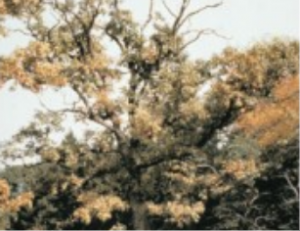
1989 Treated
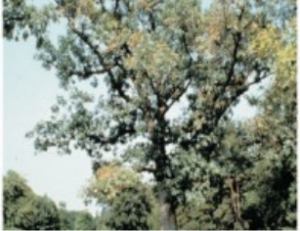
1994
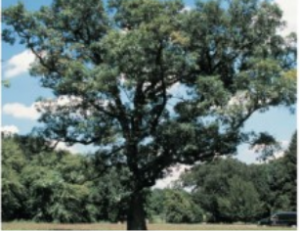
2001
Slower Growing Trees
Trees are energy systems that make their own food, and decline begins when a tree uses more energy than it is making. Cambistat reduces vegetative growth, improves the root to crown ratio, and improves the plant’s ability to photosynthesize under adverse conditions. In many species it stimulates fibrous root growth that gives the tree greater ability to mine the soil for water and nutrients. Conservative growth strategies will extend the longevity and help shift the tree back into a favorable energetic balance. Information and photos from Watson, G.W. 1996. Tree Root System Enhancement with Paclobutrazol. J. Arboriculture 22:211-217
Slower Growth Is Beneficial
Tree Characteristic
Tree Growth Rate Comparison
Faster Growth
Slower Growth
- Resource Demand
- Sensitivity to Resource Availability
- Stored Energy Reserves
- Root : Shoot Ratio
- Sensitivity to Stress or Damage
- Overall Tree Durablity
- Higher
- Higher
- Lower
- Lower
- More Sensitive
- Less Durable
- Lower
- Lower
- Higher
- Higher
- Less Sensitive
- More Durable
An Integrated Approach
When caring for urban trees it is important to make a thorough evaluation of the site to accurately diagnose all stressing agents and tailor your recommendation to the specific circumstances. These must be dealt with so that your tree can live to its fullest potential. Utilize your arborist for a comprehensive maintenance program.
Grass
Mulch

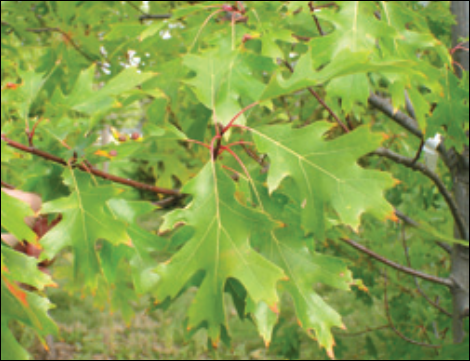
Untreated
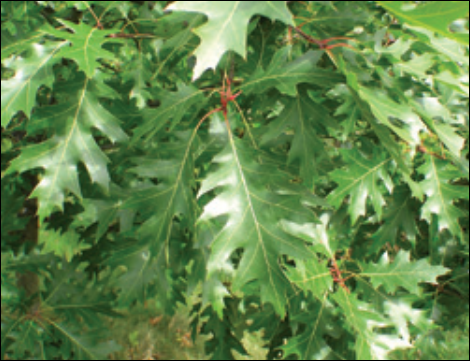
3 years after treatment
Benefits Of Cambistat For Urban Trees
Cambistat is a soil applied product that is absorbed through the roots. Cambistat gently slows the growth of trees, allowing the tree to redirect some of its energy from canopy growth to defense chemicals, fibrous root production, and other uses. The resulting reallocation of energy makes your tree healthier and more durable. Drought is a major cause of tree death and decline in the urban landscape. Research shows Cambistat increases drought resistance by helping the tree reduce water losses during dry, hot periods.
Untreated
Treated
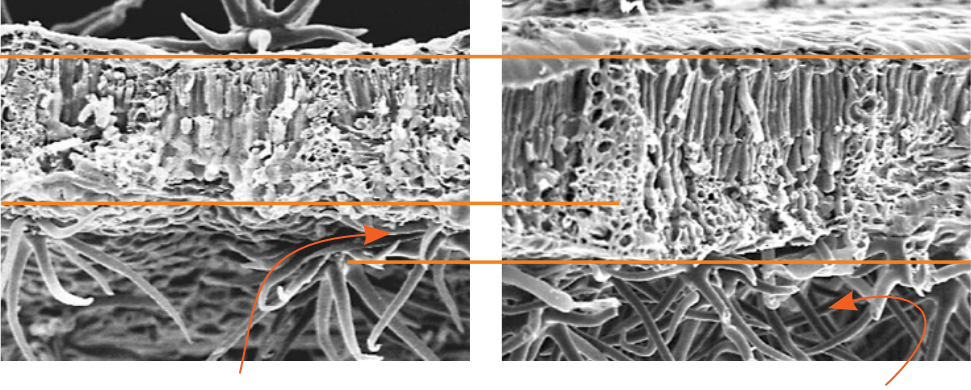
Thicker Leaf Surface
increased protective hairs
Cambistat changes some important physical traits of leaves. Leaves of treated trees tend to be greener (higher concentrations of chlorophyll) than untreated and have an enhanced protective barrier (thicker leaf surface and denser surface hairs).
Research Has Shown Cambistat Increases Fine Root Density In Trees
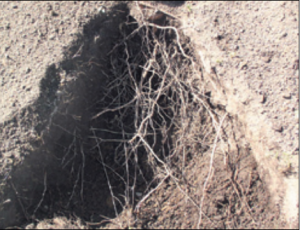
untreated

3 years after treatment
Ready For A Quote?
Click the button below to contact us and get started taking core of your trees




